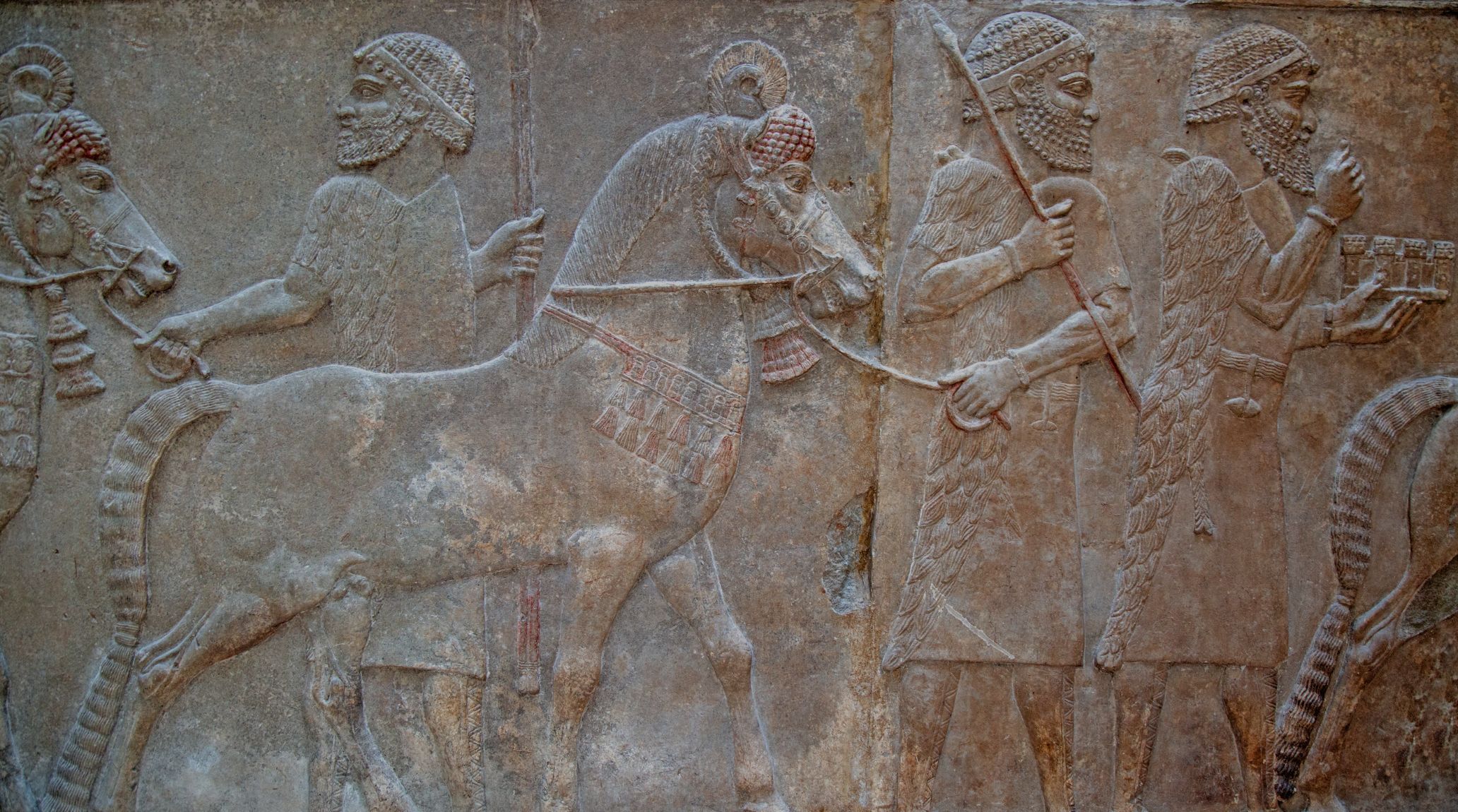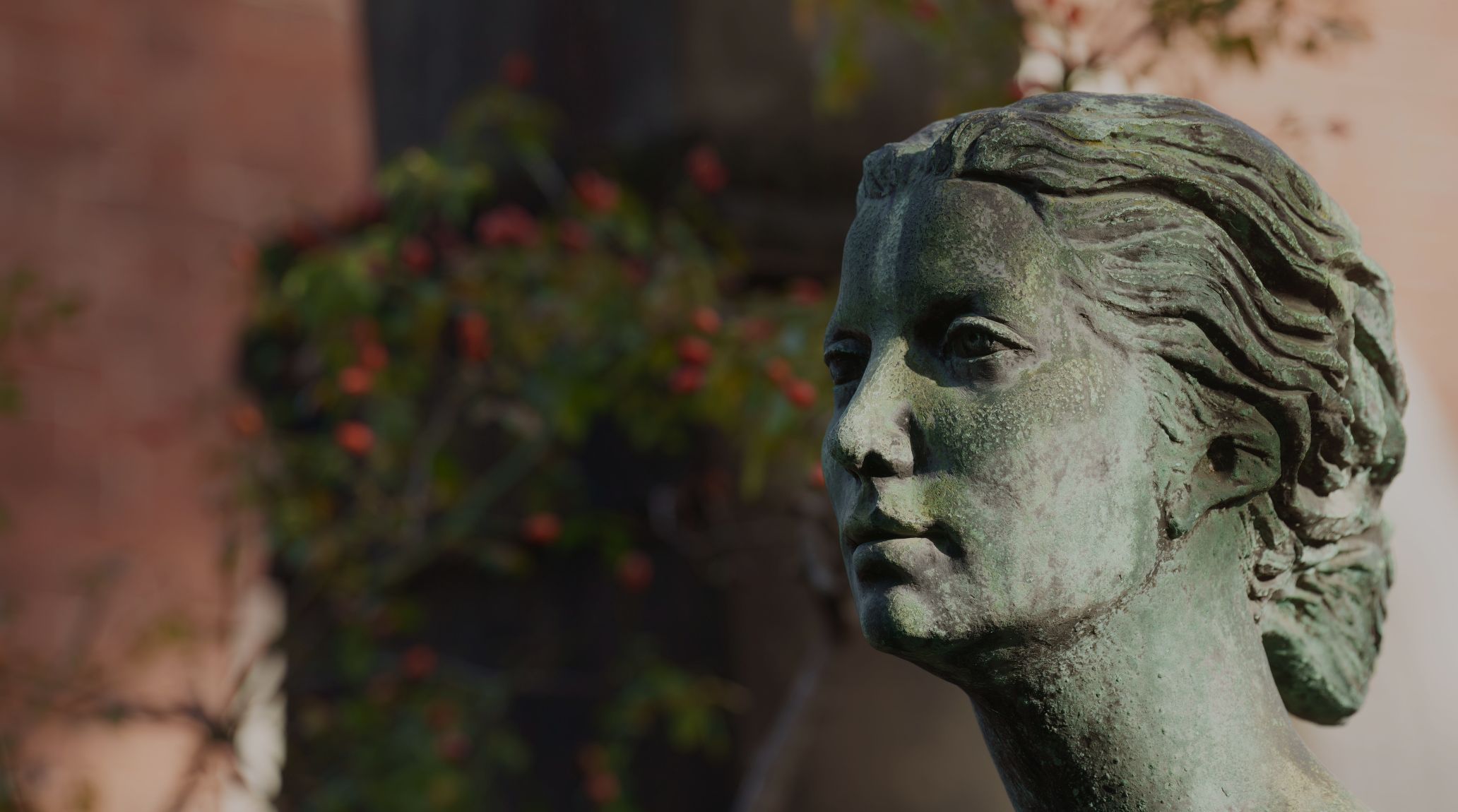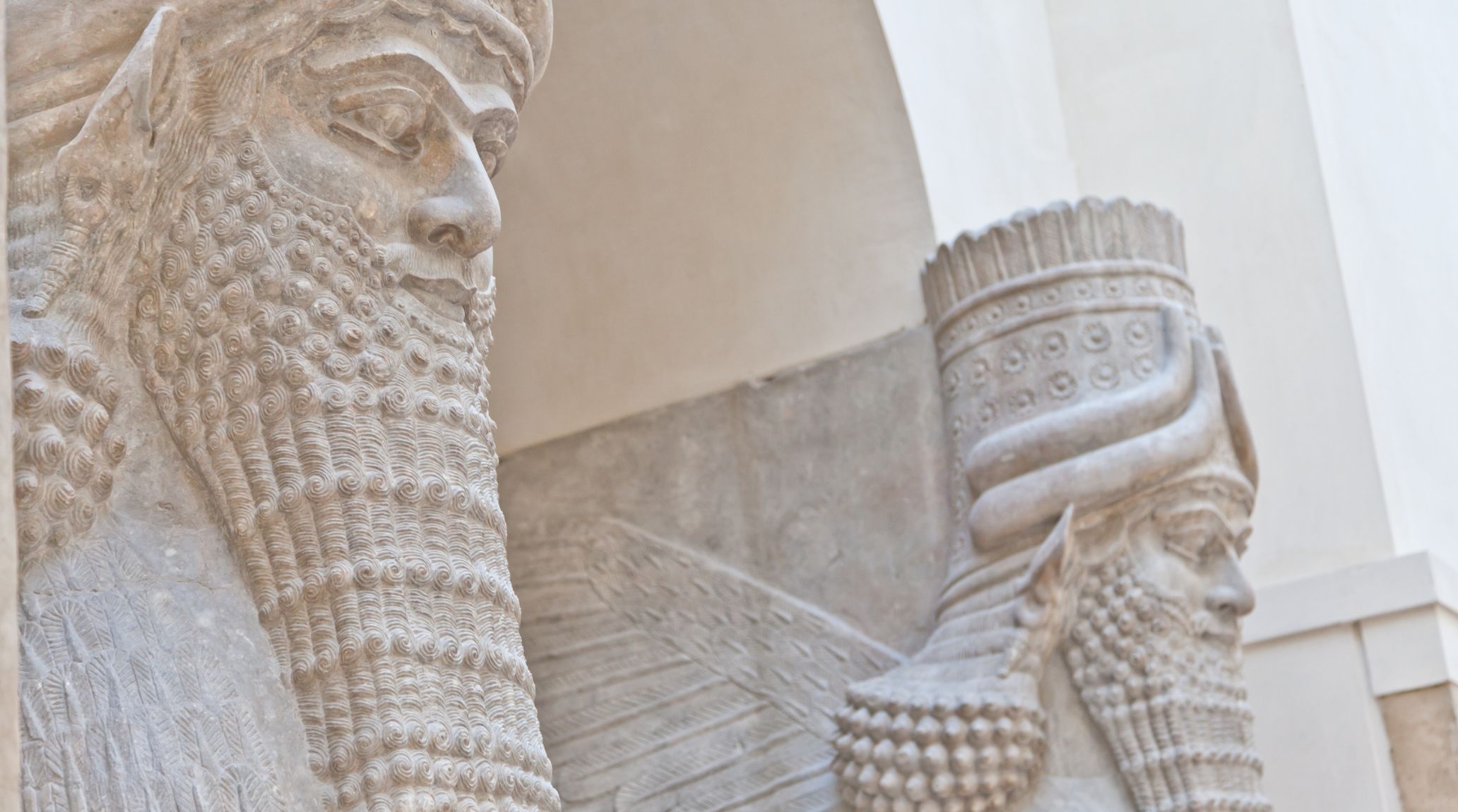
“
Mesopotamian art and sculpture offer a window into the vibrant culture and religious practices of one of the world’s earliest civilizations. In this blog, we’ll explore 20 intriguing Facts About Mesopotamian Art and Sculpture, highlighting their historical importance, artistic techniques, and enduring influence on the art world.1
1
”
Mesopotamia, located between the Tigris and Euphrates rivers, is often called the "cradle of civilization." Its art and sculpture date back to 3500 BCE and reflect the earliest expressions of human creativity and culture.1
Mesopotamian artists primarily used clay, stone, and metal to create their sculptures. Due to the scarcity of stone in the region, clay was the most commonly used medium, leading to the development of intricate pottery and terracotta figures.2
One of the most distinctive forms of Mesopotamian art was the cylinder seal. These small, carved cylinders were used to roll impressions onto clay documents, serving as both a signature and a form of storytelling through imagery.3
The Sumerians, the first known civilization in Mesopotamia, created votive statues as offerings to the gods. These statues, often with wide, staring eyes, were meant to represent people in eternal prayer and devotion to the deities.4
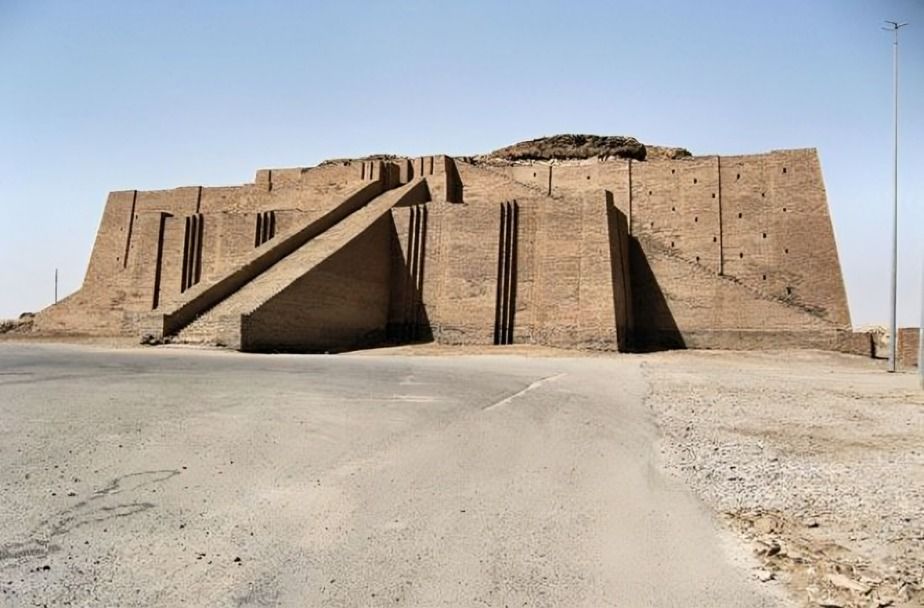
Mesopotamian art extended to monumental architecture, with the ziggurat being a notable example. These stepped temples, made of mud bricks, were built to honor the gods and demonstrate the power and influence of rulers and priests.
Mesopotamian relief sculptures, often found on palace walls, depicted scenes of war, hunting, and mythology. These detailed carvings served to glorify kings and rulers, showing their bravery, divine favor, and victories in battle.5
Mesopotamian art influenced neighboring civilizations, such as the Persians and Egyptians, who adopted similar techniques and styles. This exchange of artistic ideas helped shape the development of art across the ancient world.6
The Assyrians, known for their military might, created grand sculptures of winged bulls, called lamassu, to guard the entrances of palaces. These hybrid creatures with human heads were believed to protect the city and ward off evil.7
Cuneiform, the earliest writing system, was integrated into Mesopotamian sculptures. Kings, deities, and events were inscribed on monuments and statues, combining art and language to record significant figures and achievements.8
Lions were a recurring motif in Mesopotamian sculpture, symbolizing royalty, strength, and divine protection. The famous "Lion Hunt" relief from the palace of Ashurbanipal is a striking example, showing the king triumphing over wild beasts.9
Ubaid architecture, utilizing mudbrick and reeds, influenced early public buildings, including temples with basic arches inspired by reed houses. The Uruk Period saw the rise of ziggurats and urban centers like Eridu, mostly built with mudbrick.10
Mesopotamian scribes recorded daily life, religious texts, and even art on clay tablets. Some of these tablets include miniature reliefs or artistic motifs, offering a glimpse into the artistic skills of Mesopotamian craftsmen on a small scale.11
The "Epic of Gilgamesh," one of the earliest known literary works, has been found on clay tablets with illustrations or reliefs. This demonstrates how Mesopotamian art was used to accompany and enhance their storytelling traditions.12
Sculptures of musicians and dancers were common in Mesopotamian art, reflecting the importance of music in religious and courtly life. Instruments like lyres and harps were frequently depicted, showing the cultural significance of music.13
The Mesopotamians also practiced mosaic art, using small, colored stones or pieces of glass to create elaborate designs. The Royal Standard of Ur, a wooden box inlaid with mosaic panels, depicts scenes of war and peace with intricate detail.14
Mesopotamian art has influenced many modern artists, including Pablo Picasso and Henry Moore, who drew inspiration from ancient sculpture styles. The abstract and geometric forms of Mesopotamian art continue to resonate in contemporary works.15
Terracotta figurines, often depicting humans or animals, were common in Mesopotamian households and temples. These small, detailed sculptures were used in rituals or as offerings to the gods, symbolizing devotion and piety.16
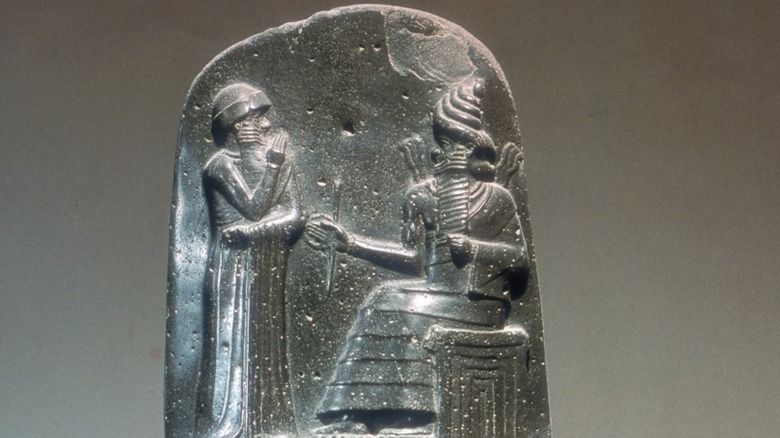
The Stele of Hammurabi is one of Mesopotamia's most significant sculptures. This basalt monument features the famous law code of King Hammurabi, with a relief of the king receiving divine authority from the god Shamash at the top.
Artisans in Mesopotamia often worked in guilds, passing down techniques and styles through generations. This collaborative approach enriched the artistic tradition, allowing Mesopotamian art to evolve while preserving its unique features.17
Mesopotamian pottery frequently featured intricate incised designs, highlighting the skill of its creators. These decorative patterns, sometimes reflecting mythological themes, provide insights into the daily life and beliefs of the Mesopotamian people.18
